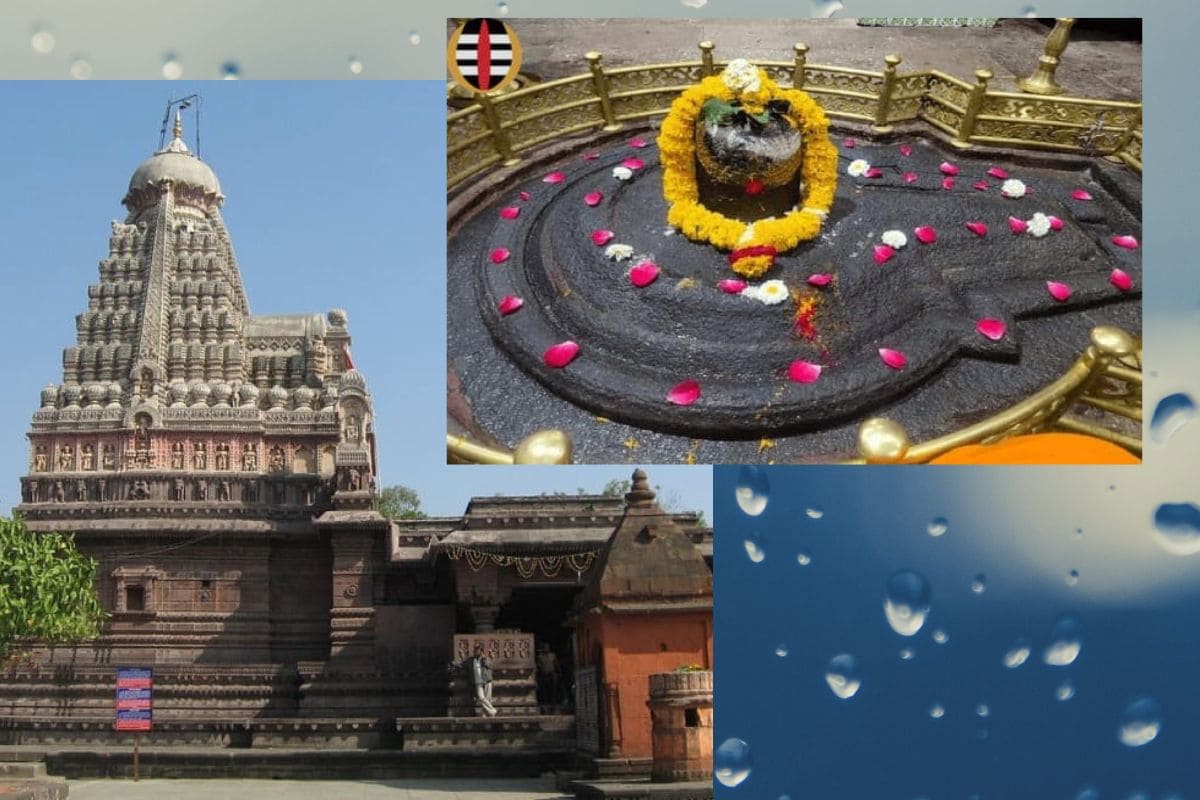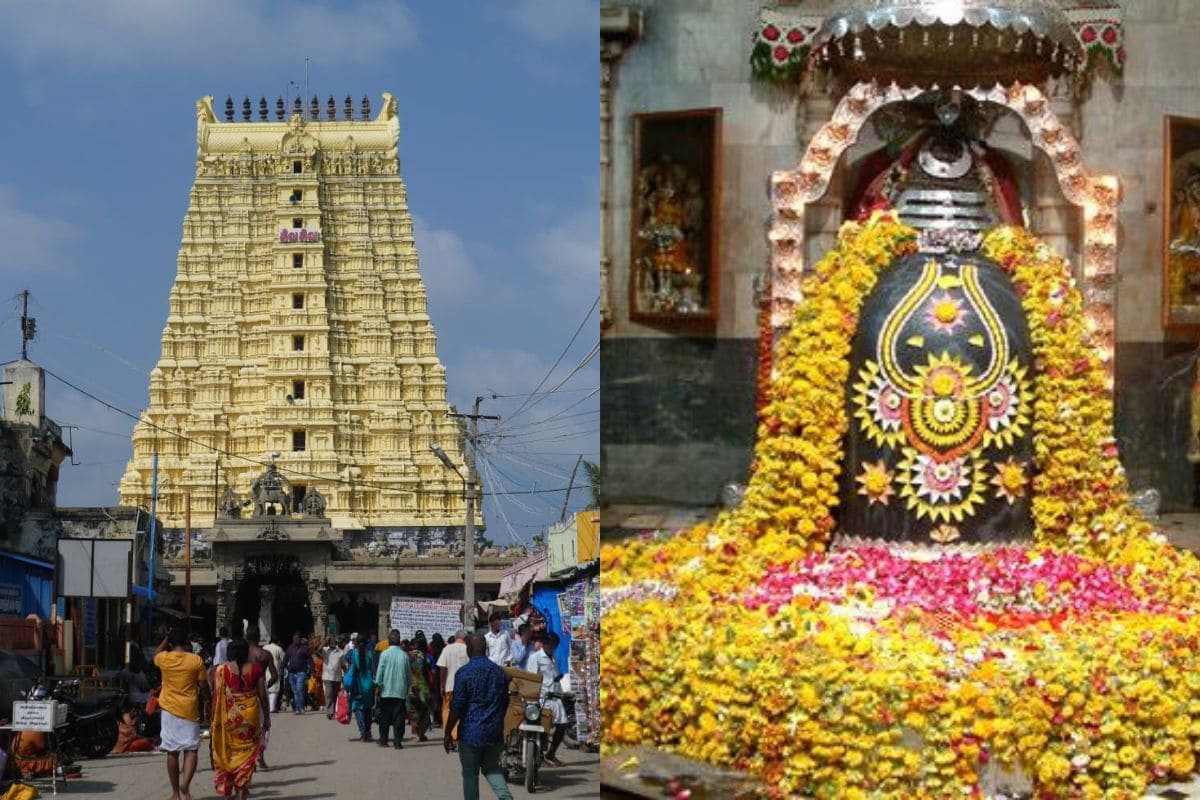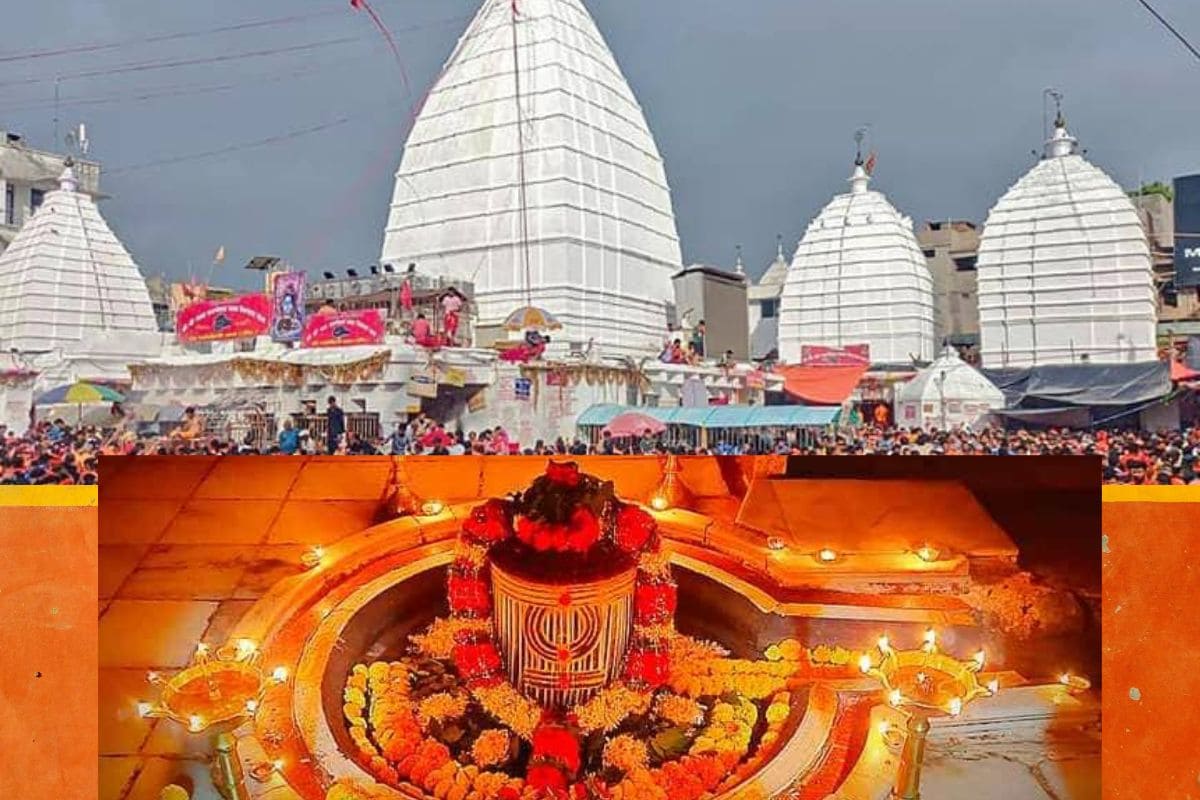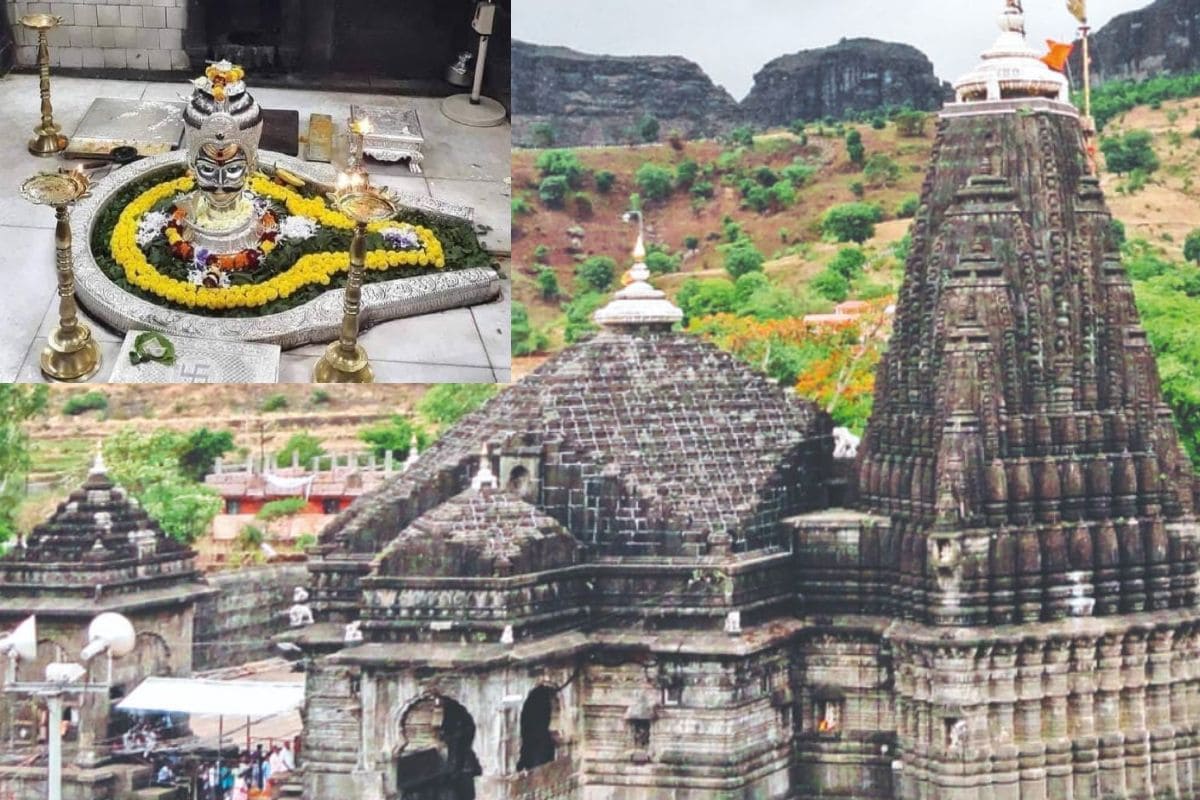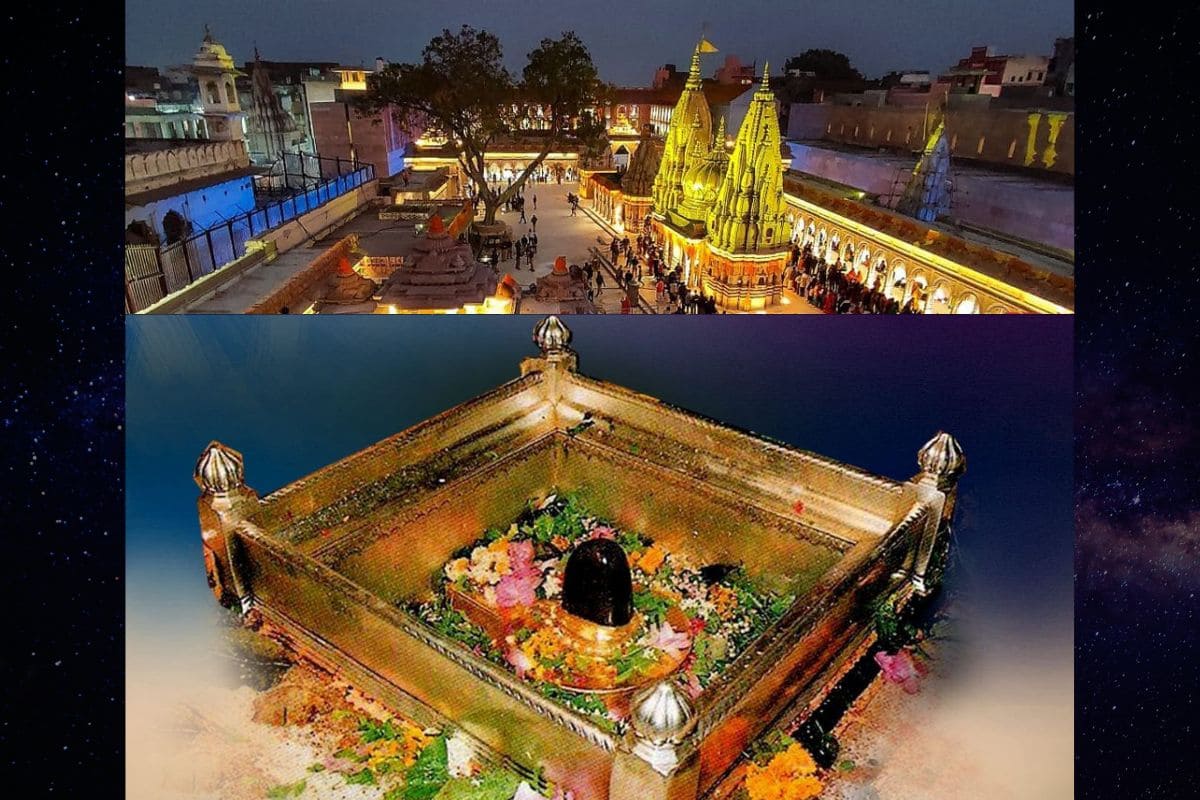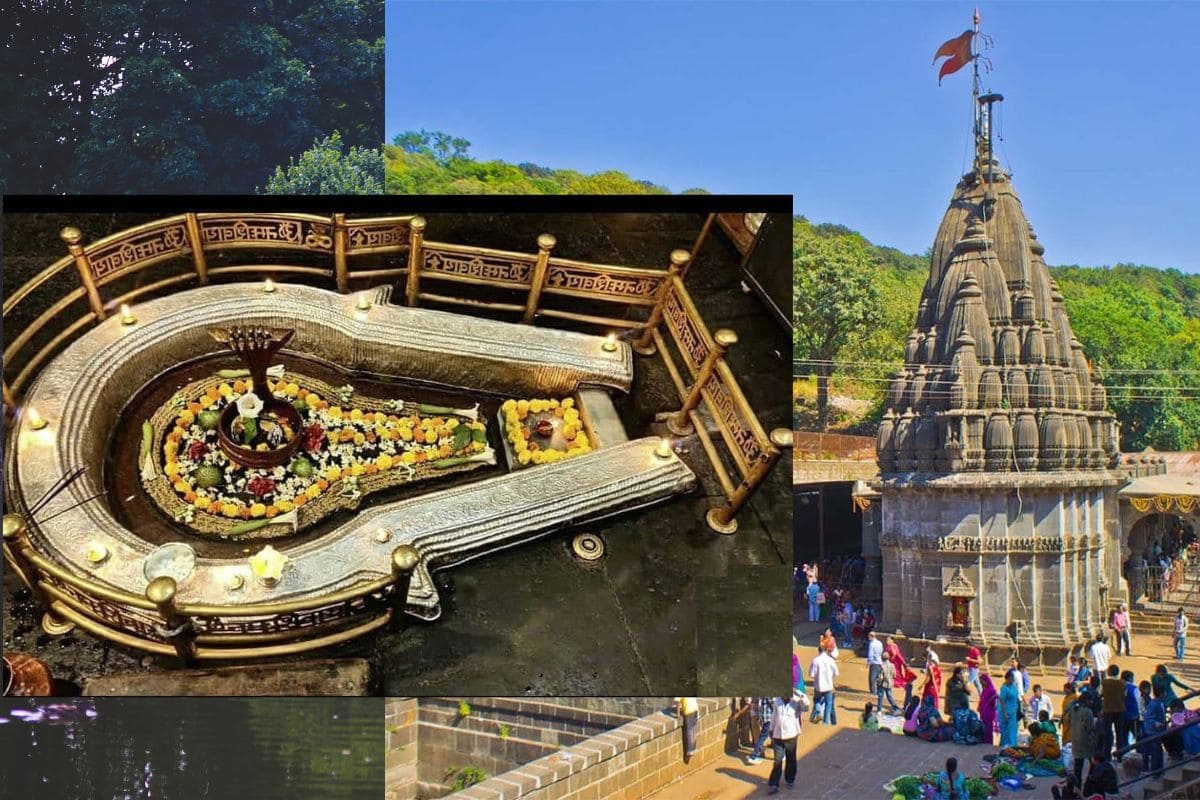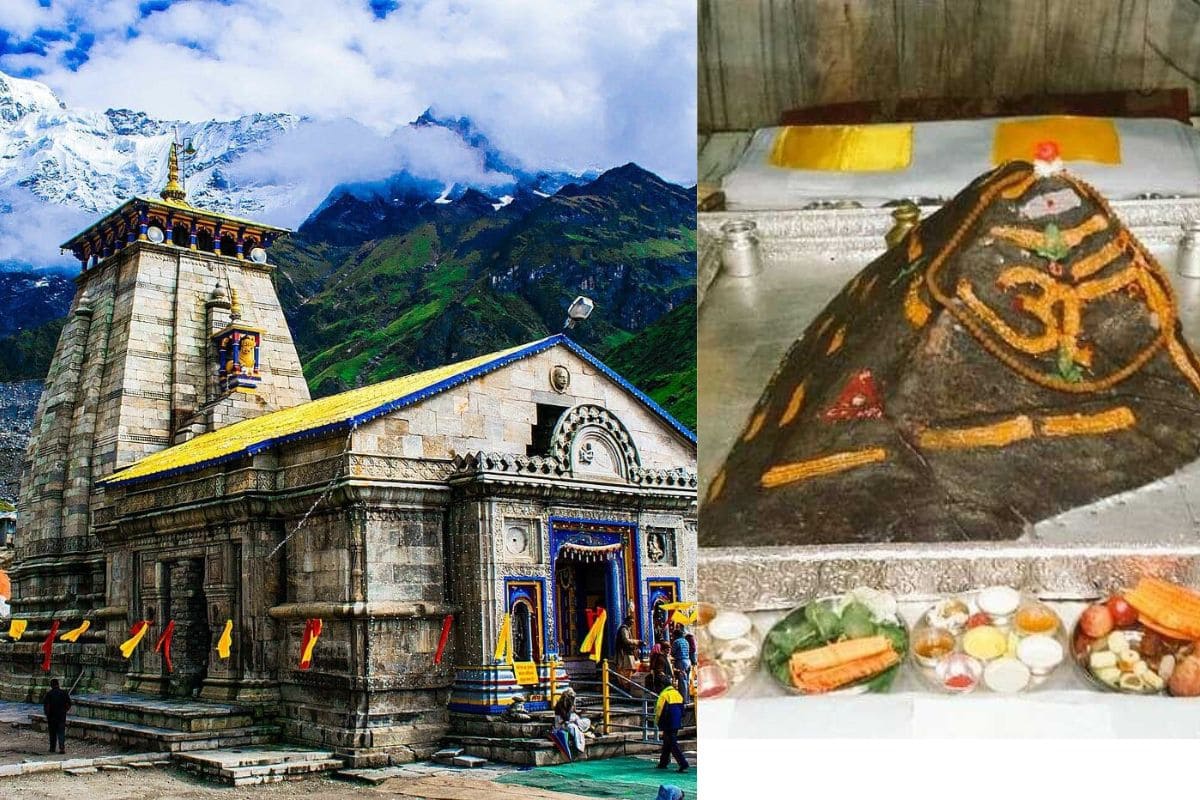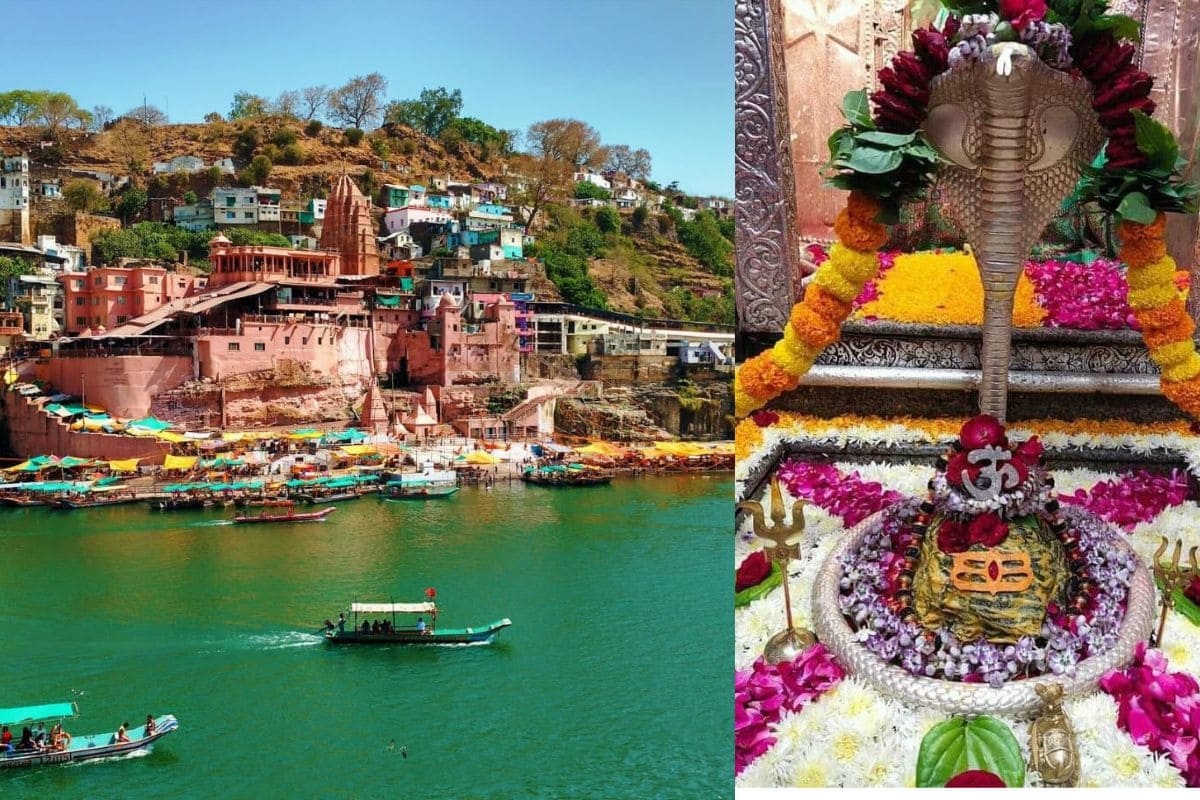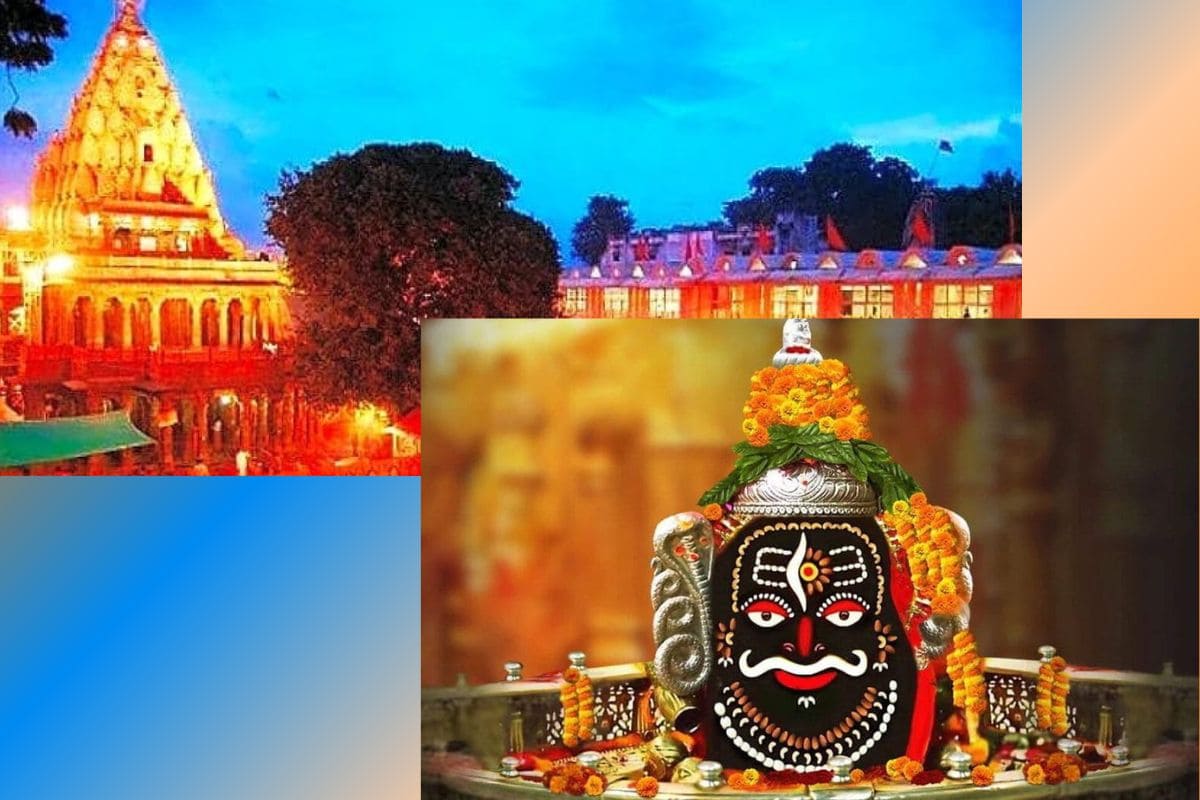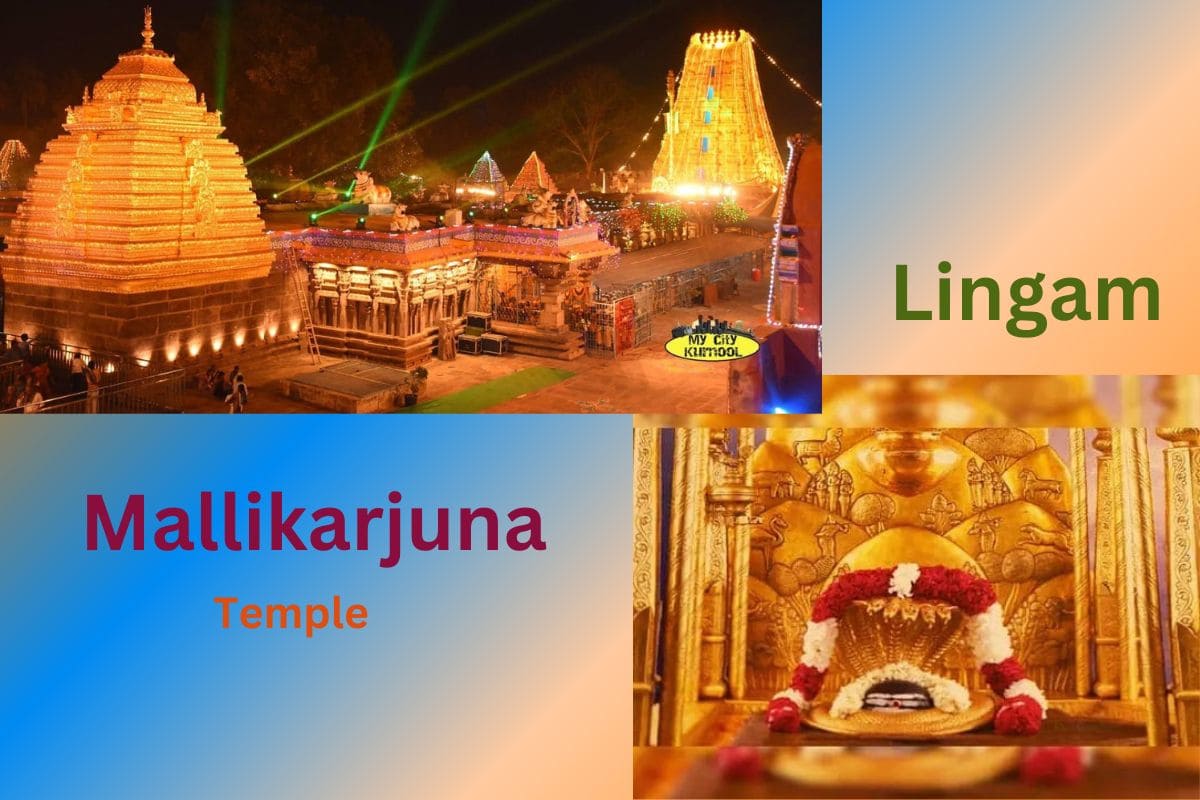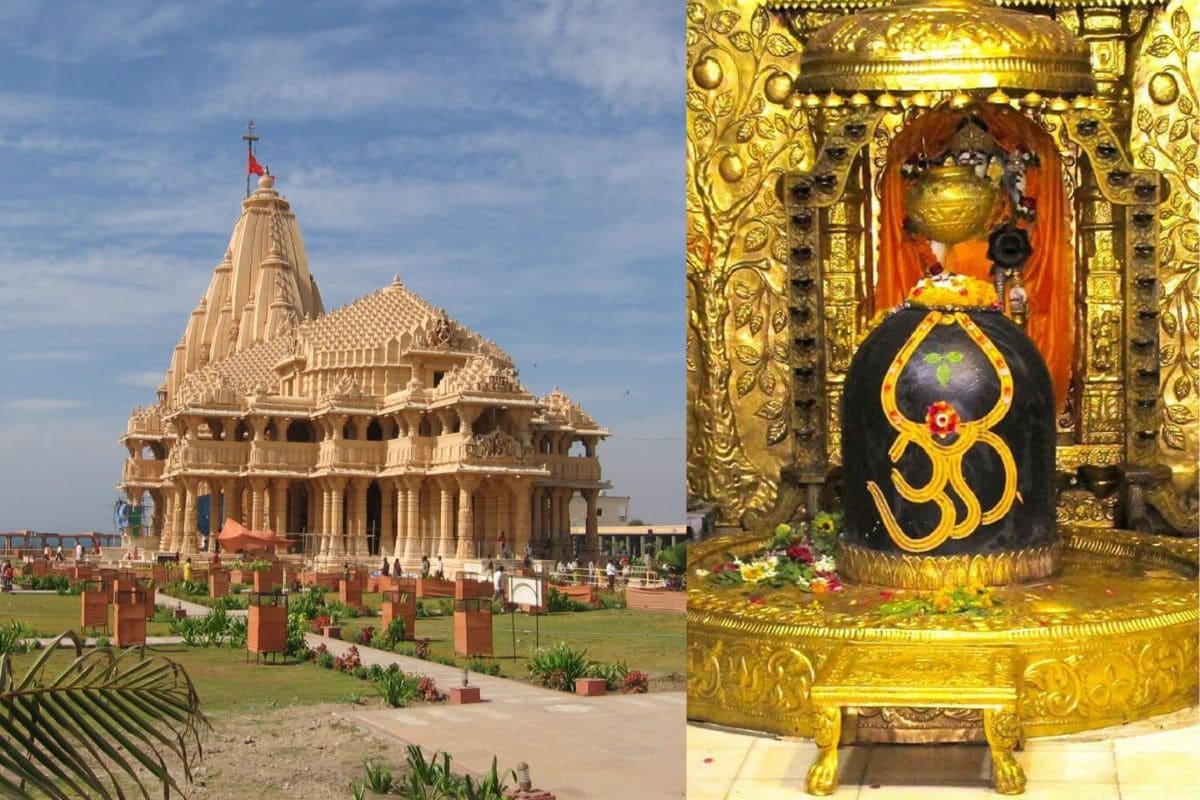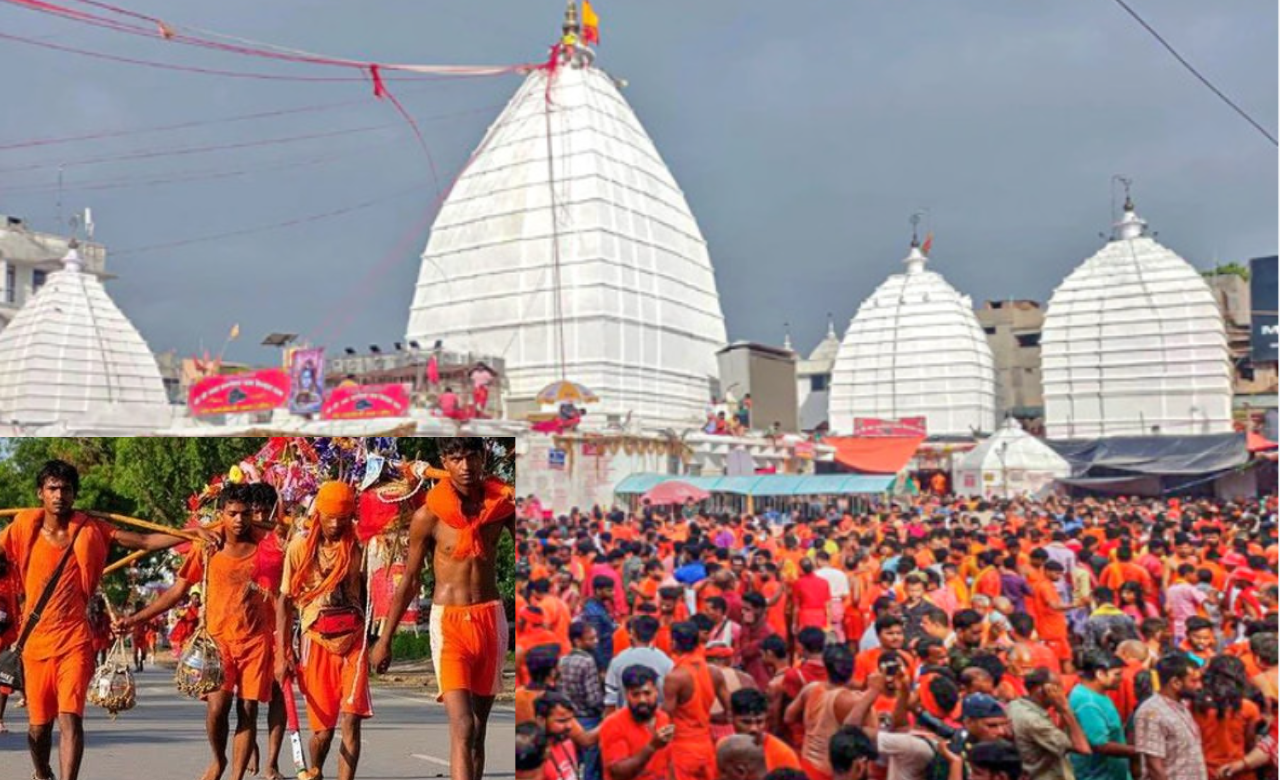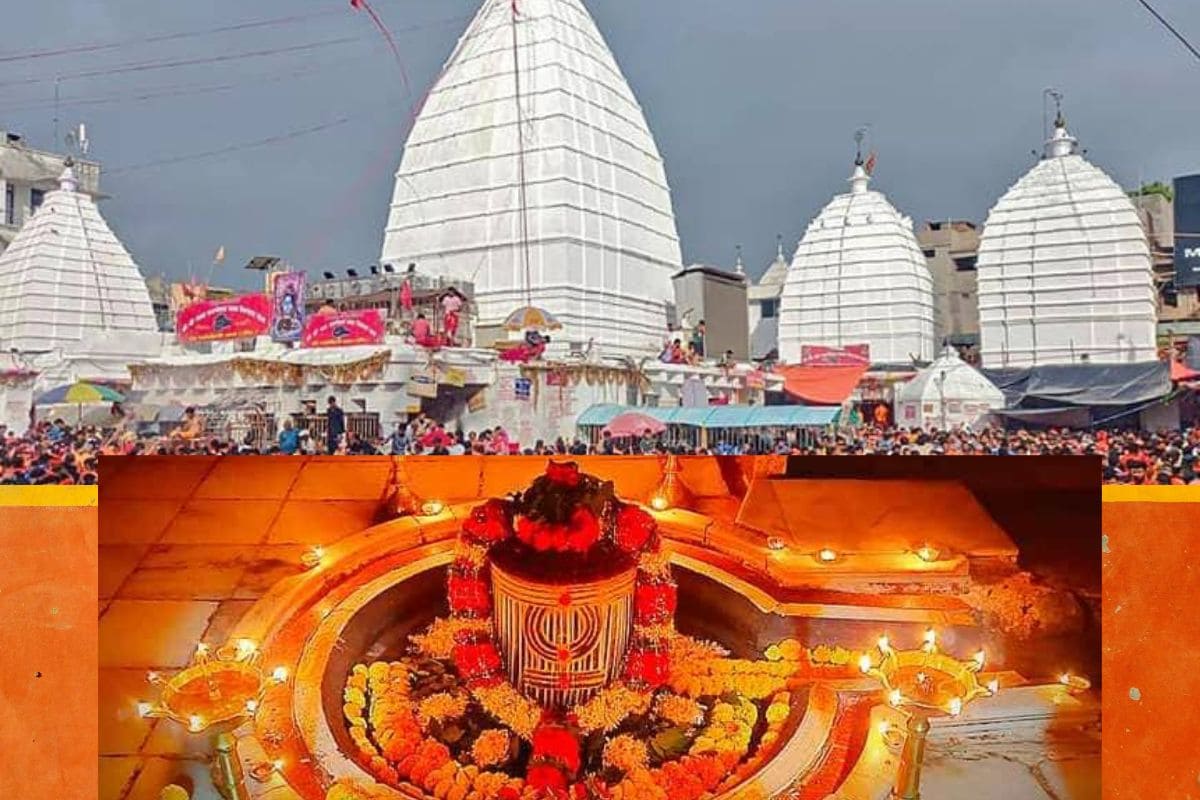Nageshwar Jyotirlinga temple history, Significance, location, nearest place
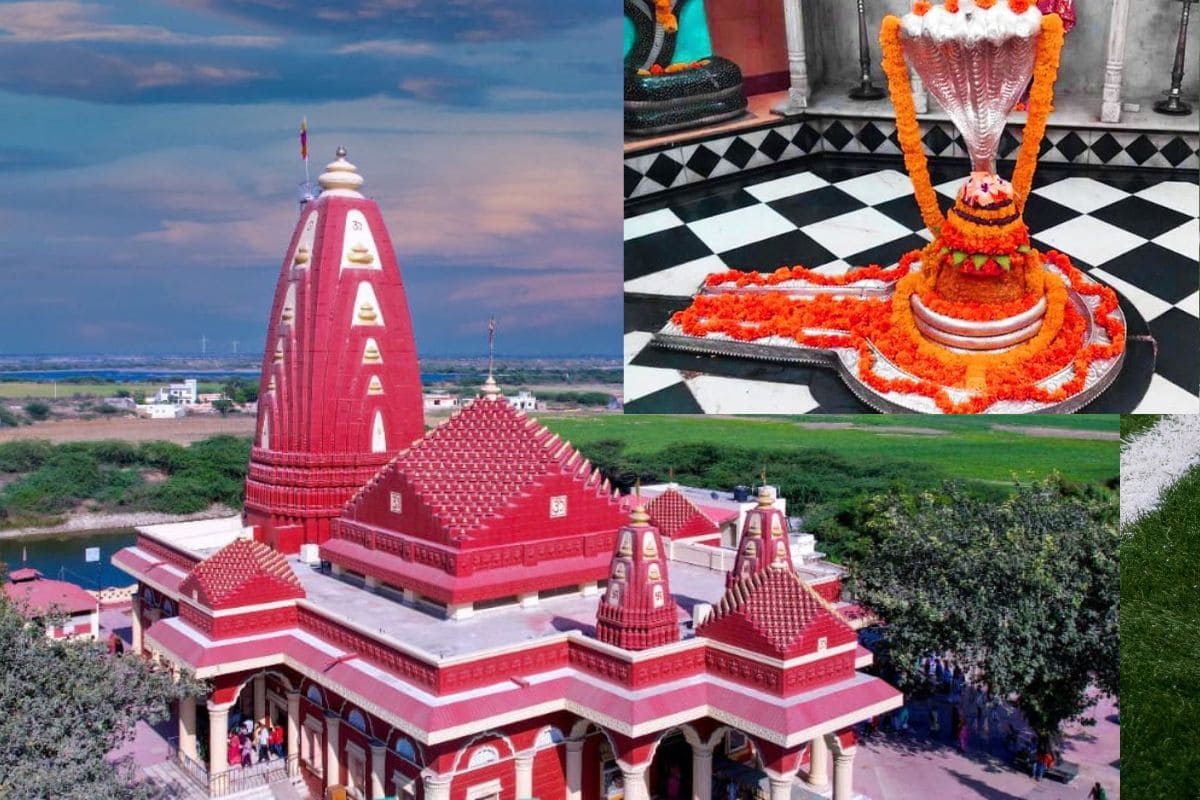
Nageshwar Jyotirlinga Temple
According to the Shiv Mahapuraan, Brahma (the Creator) and Vishnu (the Preserver) once had a disagreement about which of them were supreme. To test them, Shiva pierced the three worlds as an immeasurable pillar of light, the Jyotirlinga. Vishnu and Brahma parted company to determine the extent of each end of the pillar. Brahma, who had set off upward, lied that he had discovered the upper end of the pillar, but Vishnu, who had gone in the direction of the base of the pillar, admitted that he had not. Shiva then appeared as a second Jyotirlinga and cursed Brahma, telling him that he would have no place in the ceremonies. The Jyotirlinga is the supreme indivisible reality from which Shiva appears. Jyothirlinga shrines commemorate this time when Shiva appeared. It was believed that there were originally sixty-four jyotirlingas. Twelve are considered to be especially auspicious and holy. Each of the twelve sites takes the name of the presiding deity and each is considered a separate manifestation of Shiva. At all these sites, the primary deity is a lingam representing the beginning less and endless Stambha pillar, symbolizing the Shiva’s infinite nature. The twelve jyothirlinga are Somnath in Gujarat, Mallikarjuna at Srisailam in Andhra Pradesh, Mahakaleswar at Ujjain in Madhya Pradesh, Omkareshwar in Madhya Pradesh, Kedarnath in Himalayas, Bhimashankar in Maharashtra, Viswanath at Varanasi in Uttar Pradesh, Triambakeshwar in Maharashtra, Vaidyanath at Deoghar in Jharkhand, Aundha Nagnath temple in Maharashtra, Rameshwar at Rameswaram in Tamil Nadu and Grishneshwar at Aurangabad in Maharashtra.
Nageshvara Jyotirlinga is situated in the Daarukavanam forest in Gujarat.
Location
The Nageshvara Jyotirlinga Temple is located in the state of Gujarat, western India. It lies near the sacred city of Dwarka, which is one of the Char Dham pilgrimage sites and is associated with Lord Krishna.
1.Name: Nageshvara Jyotirlinga Temple (also called Nageshwar Mahadev Mandir)
- State: Gujarat
- District: Devbhumi Dwarka
- Nearest Town: Dwarka
- Distance from Dwarka: Approx. 17–18 km
- Route: Located on the road connecting Dwarka to Bet Dwarka Island
- Coordinates: Approx. 22.27°N, 69.00°E
Nearby Places to Visit Around Nageshvara Jyotirlinga Temple
1.Dwarkadhish Temple (Jagat Mandir)
- Distance: ~17–18 km
- About: A famous temple dedicated to Lord Krishna (Dwarkadhish). It’s one of the Char Dham pilgrimage sites.
- Highlights: 5-storied temple built on 72 pillars, Gomti Ghat, and Sudama Setu.
Bet Dwarka
- Distance: ~30 km (including boat ride from Okha port)
- About: Believed to be the residence of Lord Krishna and his family.
- Highlights: Boat ride experience, ancient temples, and scenic beach views.
Rukmini Devi Temple
- Distance: ~22 km
- About: Dedicated to Rukmini, the consort of Lord Krishna.
- Highlights: Beautiful carvings, legend of separation from Dwarka temple.
Gomti Ghat
- Distance: ~18 km (near Dwarkadhish Temple)
- About: Sacred bathing ghat at the confluence of River Gomti and the Arabian Sea.
- Highlights: Devotees perform rituals and take holy dips here.
Gita Mandir
- Distance: ~20 km
- About: Built by the Birla family, this temple showcases verses from the Bhagavad Gita engraved on its walls.
- Highlights: Peaceful environment for spiritual reflection.
Sunset Point – Dwarka Beach
- Distance: ~20 km
- About: A serene beach where you can witness spectacular sunsets on the Arabian Sea.
- Highlights: Clean shore, ideal for meditation and peaceful walks.
Sudama Setu
- Distance: ~18 km
- About: A pedestrian suspension bridge near Gomti Ghat, connecting the temple side to Panchkui Tirth.
- Highlights: Great spot for views and photos.
History
Mythological Era
- The temple is believed to date back to the Treta Yuga or Dwapara Yuga, as per Hindu scriptures.
- It is mentioned in the Shiva Purana, where the story of Supriya and the demon Daruka unfolds, leading to the appearance of the Nageshvara Jyotirlinga.
- Therefore, its spiritual origin is considered eternal and divine, rather than historical in the modern sense.
Architectural and Historical Era
- While the original linga is considered self-manifested (Swayambhu), the current temple structure is believed to be rebuilt or restored in recent centuries.
- The present-day temple structure is modern, likely rebuilt in the 20th century, though there may have been earlier temples at the site.
- Some sources suggest the site may have been a Shiva worship center for over 2,000 years, though no exact archaeological date confirms its origin.
Reconstruction Timeline & Details
The Nageshwar Jyotirlinga Temple has a deep-rooted history believed to date back to mythological times, possibly the Dwapara or Treta Yuga. As per the Shiva Purana, the Jyotirlinga manifested when Lord Shiva protected his devotee Supriya. Long before formal temple structures existed, early Shaivites and local communities worshipped the linga. During the medieval period (13th–15th centuries), the shrine suffered damage amid Islamic invasions in western India and gradually declined. In the modern era, the temple was reconstructed in the 20th century with a blend of contemporary architecture, and the towering seated Shiva statue was added as a significant symbol.


